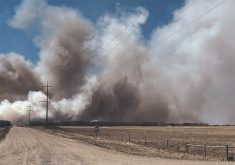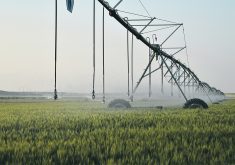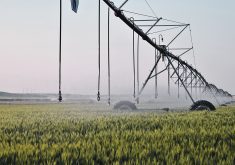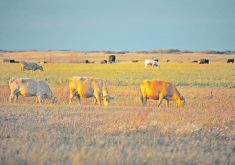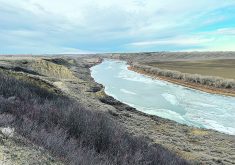In August 2022, a friend offered a boat ride on the Oldman Dam reservoir. It was a hot, sunny day with minimal wind — uncharacteristic at the aptly named Windy Point on the reservoir’s eastern edge. It was an ideal day for such an excursion.
We enjoyed the breeze created from the motorboat’s speed and then the lazy drifting when the motor was silent. A trail of sparkles on the water led the eye westward, where Turtle Mountain and the Livingstone Range loomed in dark blue majesty against a lighter cerulean sky. After the first gasping plunge into cool water, swimming was a delight.
Read Also
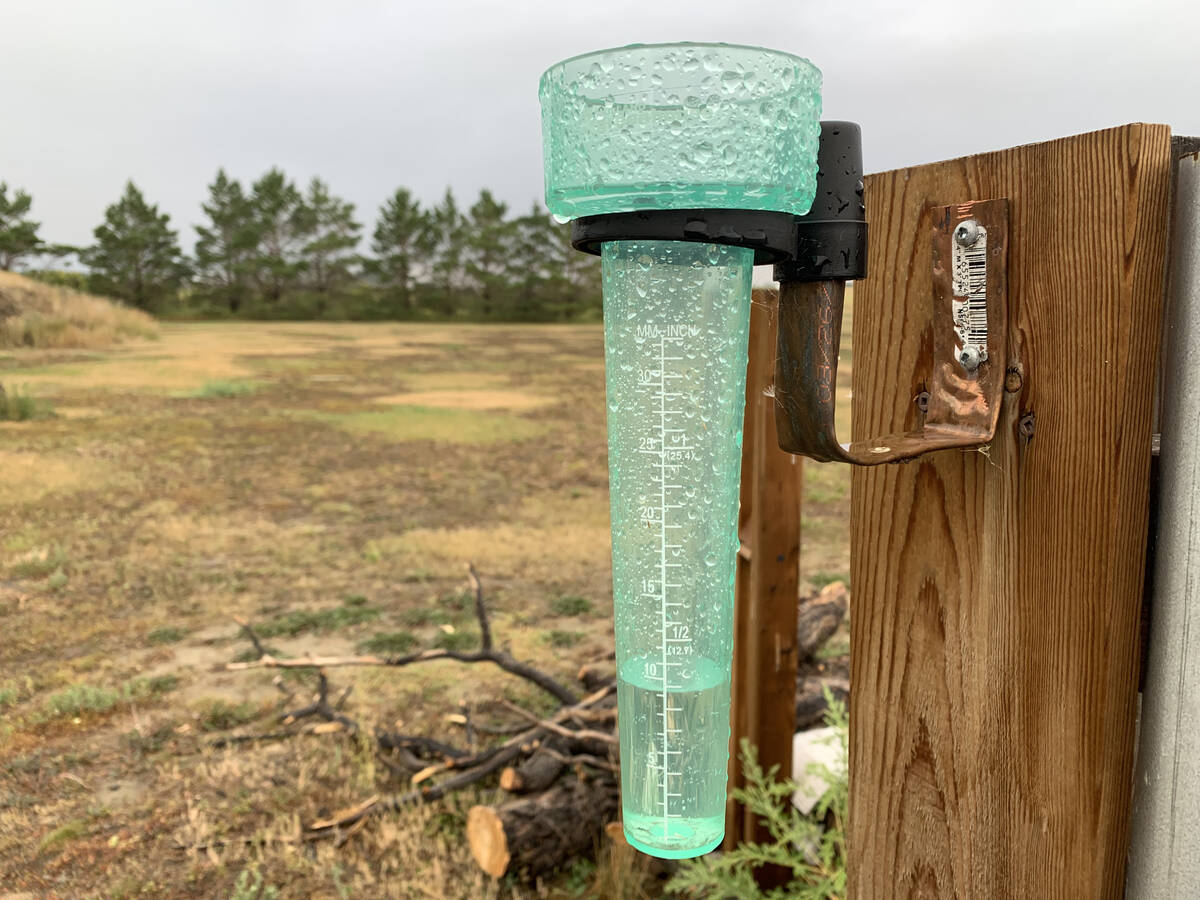
Southeastern Prairies get drought relief in September
September drought monitor from Agriculture and Agri-food Canada shows welcomed precipitation in coastal B.C. and southeastern prairies
The Oldman Reservoir covers about 5,400 acres. It provides recreation for many, but it’s vital purpose is water storage that supplies farmers, food production businesses, feedlots, villages, towns and cities. It makes possible the high agricultural productivity and variety of southern Alberta’s fields and food corridor.
On Sept. 24 this year, the reservoir bore no resemblance to the halcyon excursion described above. The boat launch sat high and dry, its lip some 60 metres from the water’s edge. Extensive shores of gravel, silt, sticky clay and mud had appeared.
Multiple terraces created by previous water levels stood in stark relief. To the west, vast areas usually hidden by water had become silty flats interrupted by puddles and small rivulets from scant river flow still entering the reservoir.
The view is sobering, even scary, considering the potential impact of continued water loss and the threat to downstream agricultural, food processing and municipal needs in the surrounding area. Lost recreational opportunities are inconsequential in the face of it.
The Oldman Dam was completed in 1991, and construction was not without controversy. Full disclosure, a business in my family supplied some of the materials for its construction; I can’t claim objectivity. There is no argument that completion of the dam and reservoir came at a high ecological cost. Picturesque river valleys were flooded. Families were displaced.
Yet now, 32 years on, its manifest economic benefits can’t be quantified, though I’d venture to place them in the billions of dollars. As the landscape changed, downstream economic activity changed with it. There’s no going back.
Oldman Reservoir water levels depend upon runoff from mountain snowpack, augmented by whatever rain comes during spring, summer and fall. Thus, Mother Nature determines its initial amounts. Use is in the hands of humans downstream.
The Oldman Watershed Council estimates that the average Albertan uses 7,000 litres of water per month. I’ve often thought that if everyone had to carry their daily water needs in buckets — even for a day and a distance of 20 metres, for example — it would drastically reduce use.
It’s a thought.
Of course, agriculture is by far the biggest user of water from the reservoir and its biggest beneficiary. Southern Alberta virtually runs on agriculture, which is vitally important to the region, the province, the country and even to the wider world.
Irrigation districts and farmers themselves have made progress over the years to use water more judiciously. This year’s weather events are a signal to do even more. To do less is to court disaster. And in this region, disaster looks a lot like the moonscape that parts of the Oldman Reservoir have become.
Autumn is here. Winter is coming. I hope I don’t have to eat these words from my car while stuck in a ditch but — in Alberta’s mountains — let it snow, let it snow, let it snow.
Barb Glen is an editor with Glacier FarmMedia who lives in Lethbridge.




